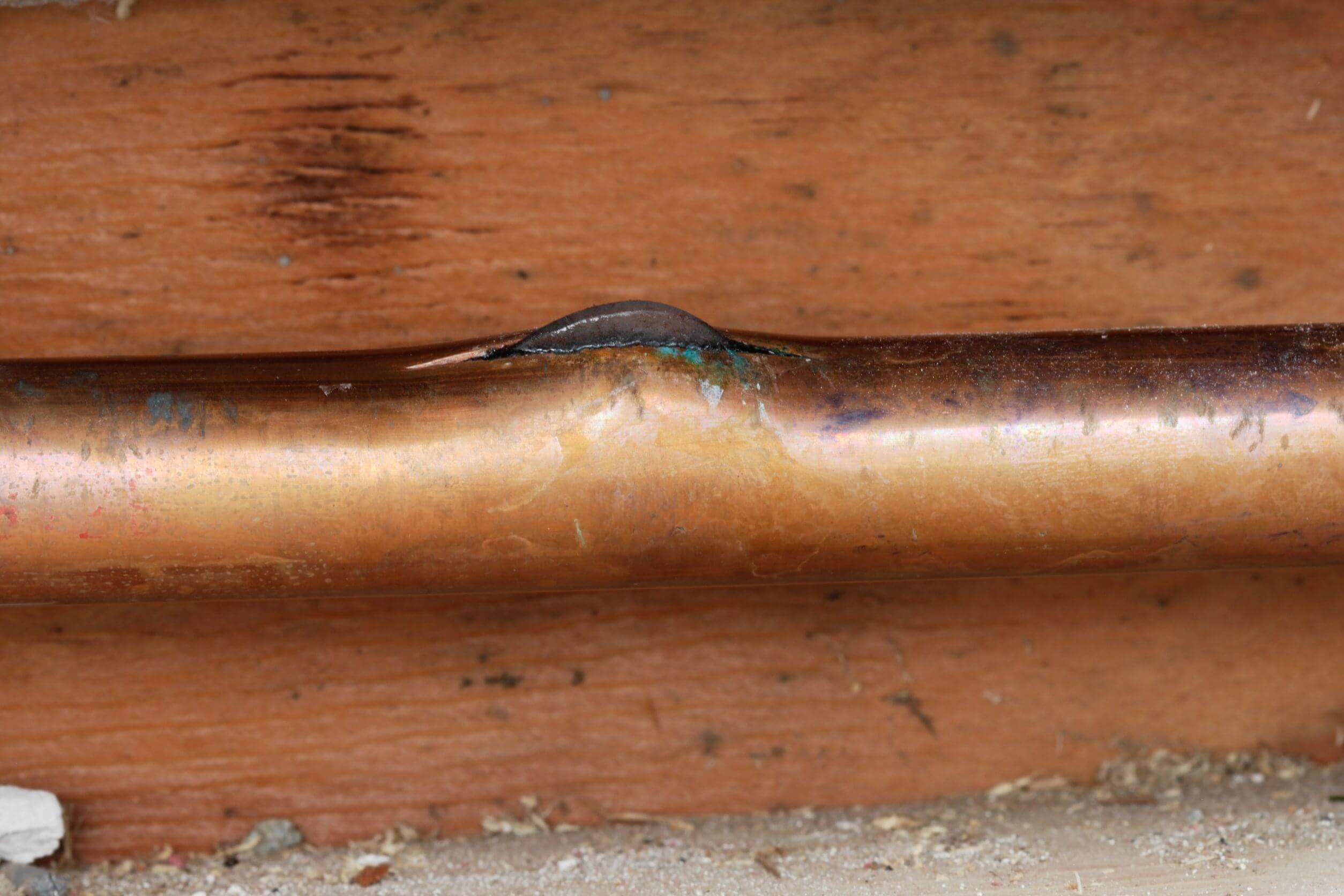It’s a freezing winter morning. Last night, you got an eight-inch snowstorm and temperatures plummeted soon after. You let your dog out for an early morning bathroom break, and all you can think of is why you chose to live in the Upper Midwest and how you’d like to jump back into that nice warm bed. But before you can lay down again, you get your pup settled, then go to wash your hands and face.
What? No water? Uh-oh. Now what?
This may be the first sign of a frozen pipe, and you’ll be happy you know this. Believe me.
So, what happens when your home’s pipes freeze? When your water flow is reduced to little or no flow from a plumbing fixture, there are immediate actions you need to take. Relax, though, you probably don’t need a plumber. That could cost you a lot of money because this can be a very time-consuming process.
Instead, follow this guide put together by our Minneapolis-based restoration experts who have decades of experience dealing with water damage.
If the water won’t run at all, turn off the Main water valve. Then go back and turn the faucets on. They don’t need to be on full blast, but make sure that if they are that the drain can handle the flow.
What you should never do is:
Here’s what to do when your pipes freeze:
When it’s time to turn the water back on, you will need two people for best results. You’ll know because the faucets will start running. Ideally, the two of you will be within shouting distance of one another, but cell phones work well, too.
One person should turn the water back on very slowly while the other goes about checking to make sure that all the faucets are running properly and then turn them off. Depending on how large your home is, it may be good to have a checklist for this. Stranger things have happened than forgetting to turn off the water!
The entire time, keep careful notes about where the freeze occurred. This is because you should take steps to ensure it won’t happen again. You will also want to check the pipe to make sure it is still in good condition. This may not be something you’re comfortable doing, so this is a good time to consider calling a professional who can tell you if the pipe might be at risk for bursting if it were to freeze again.
Once you’ve gotten through this, take a moment to congratulate yourself. You’re not done yet, though. There are preventative steps you should take to safeguard your home from additional pipe freezes the rest of winter.
If you are thinking of leaving your home during the winter, you’ll want to be sure to leave the heat on at least at 60°F. It’s also a good idea to understand what type of heating system you have. If you’re in Minnesota, like us, you probably have some type of central or direct heating system like forced-air that’s reliant on a furnace or perhaps you have radiant floor heating. If you seek out professional help, ask your licensed HVAC professional what their recommendations are for your home and take note.
When you travel out of town, we also recommend turning off your Main water valve and having a friend or neighbor stop by on days when temperatures are low enough to cause concern. Doing this will give you greater peace of mind while you are away, knowing that your home investment is protected.
Like us on Facebook
Prev: When is the Best Time to Have Your Carpet Cleaned?Next: Rug Cleaning Minneapolis: How Do I Clean My Wool Area Rug?View All Resources